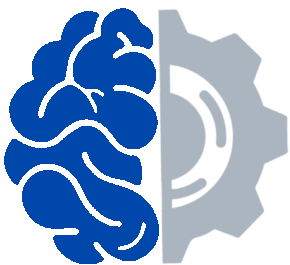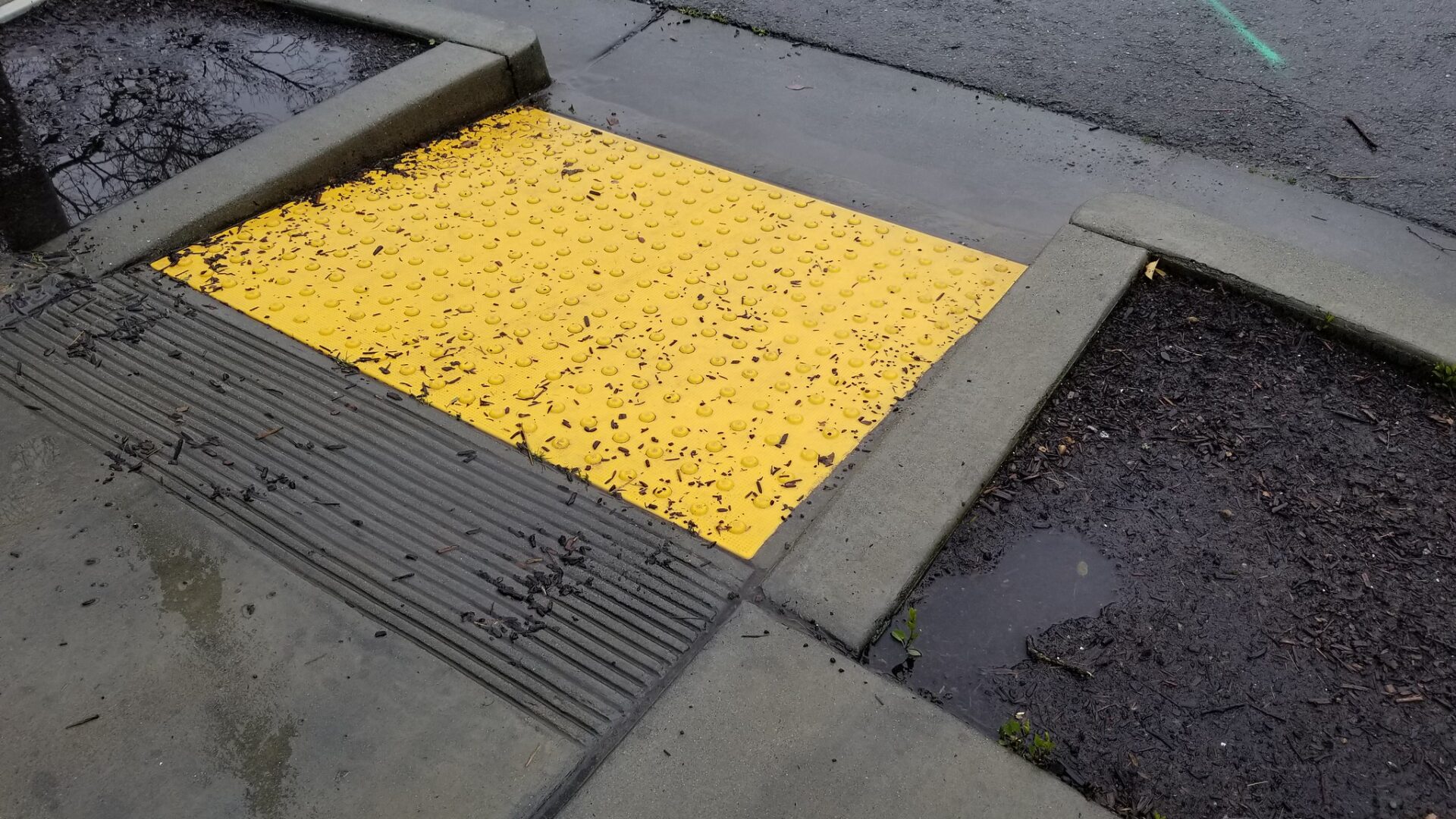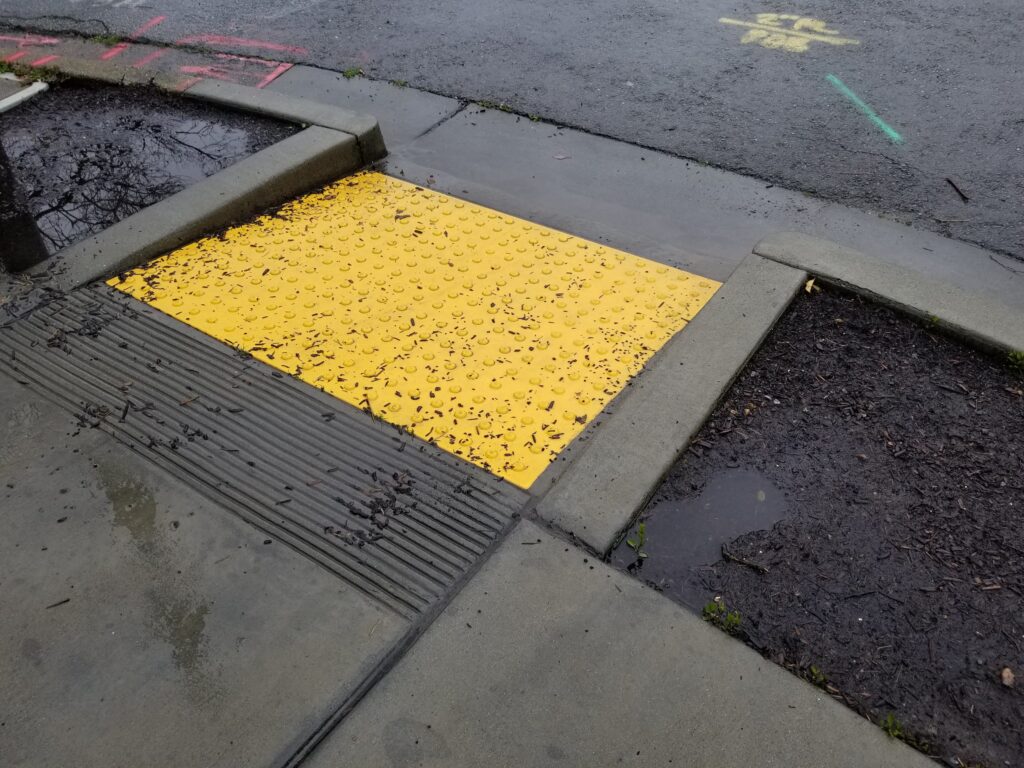Applying Accessibility
I’ve been brushing up on my digital accessibility skills with an Interaction Design Foundation class. When I first started in human factors, my professor (and mentor) Richard Koppa had a large body of work adapting tools for severely disabled users. He taught me to respect how our tools affect other people. We learned about adapting environments to physical and cognitive limitations.
Universal design is a simple idea. As a common example, a curb cut in a sidewalk not only enables a wheel chair or walker, but it makes it easier to push strollers or heavy goods. Everyone benefits. The truth is that some 20% of the population has some level of disability. Anyone has the chance to join them. Even if, by luck, you’re not a permanent member of the club, we all face temporary limits to our abilities: loud environments, difficult lighting, and background noise can make us suddenly aware of how much we depend on our tools to match our needs.
What struck me most in my class, is how much the web has changed. For awhile, the internet increased freedom and access for assistive technology users. However, as we moved towards apps and walled-garden social networks, many things have become entirely out of reach. In the interest of increasing business control over software, we’ve taken a step back in how we decide to present information.
It’s funny, because while I’ve worked in usability, I’ve seen it regularly referred to as a ‘sister’ of accessibility. When you take a human-centered look at it, though, the only real difference is who you are accounting for. Who should you consider as a user? Who gets centered in a ‘human-centered’ design?
Where does that put me?
I realized that, to try and demonstrate more ‘design’ capability, I’d made my website with more visually impressive features but had made it harder to access.
So, with the recent refresh, I’ve changed my approach. I’ve adapted a more accessible theme, started tagging all of my images with alt text, and have changed my portfolio to a more simplified pure HTML approach.
Am I finished? No. It’s an ongoing process and there’s no real replacement for actual testing, but I hope it’s a helpful improvement.


